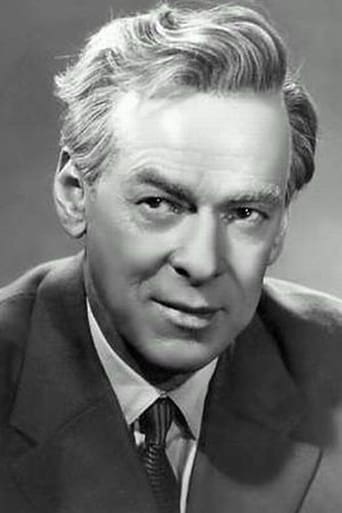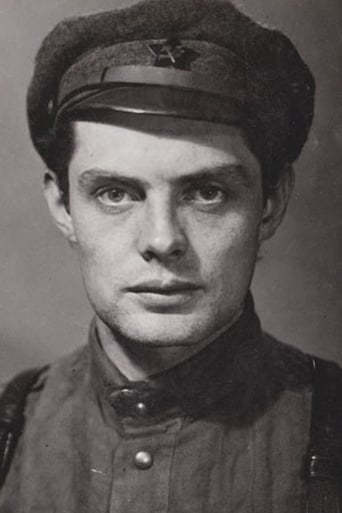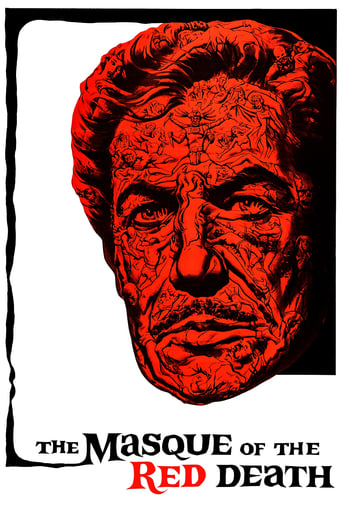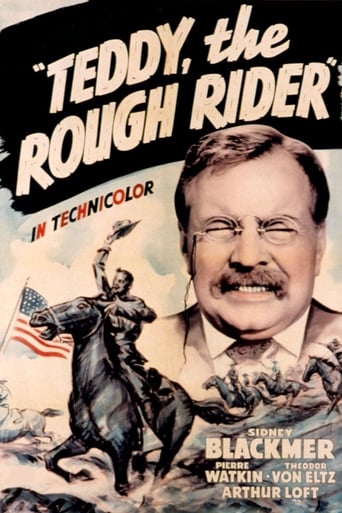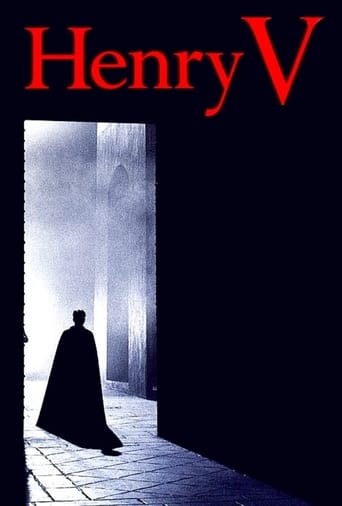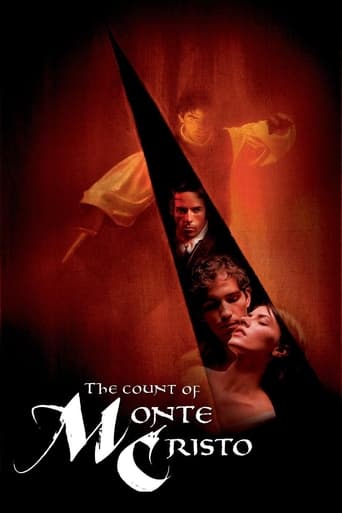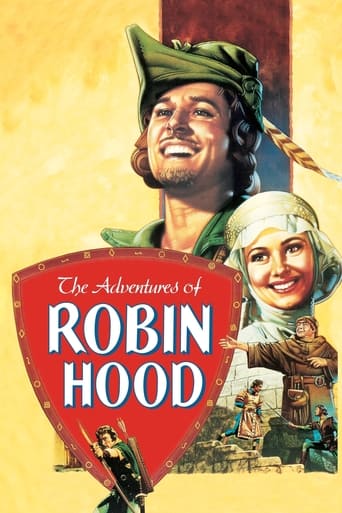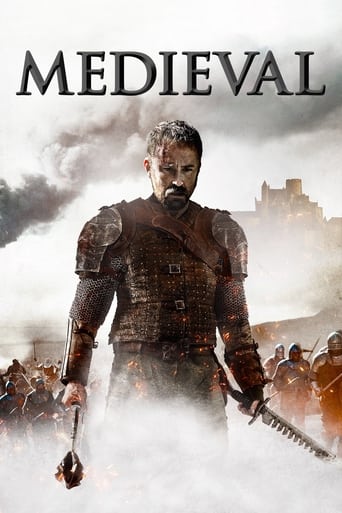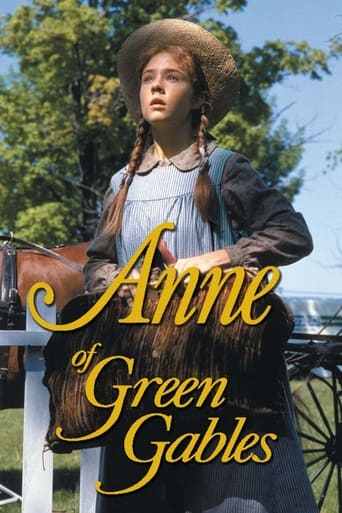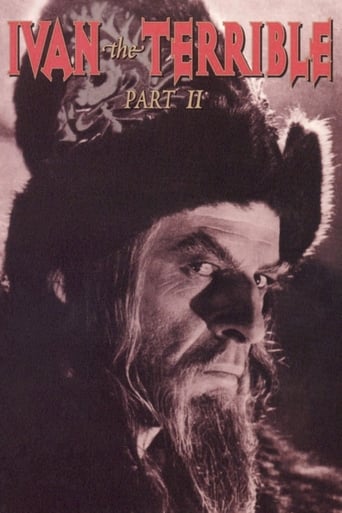
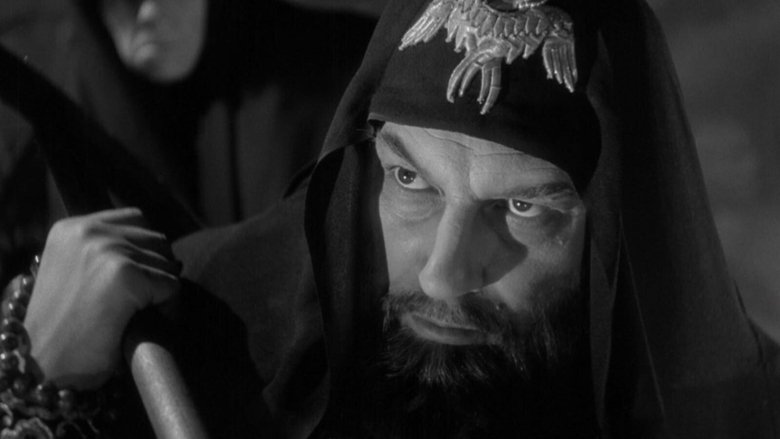
Ivan the Terrible, Part II: The Boyars' Plot (1958)
This is the second part of a projected three-part epic biopic of Russian Czar Ivan Grozny, undertaken by Soviet film-maker Sergei Eisenstein at the behest of Josef Stalin. Production of the epic was stopped before the third part could be filmed, due to producer dissatisfaction with Eisenstein's introducing forbidden experimental filming techniques into the material, more evident in this part than the first part. As it was, this second part was banned from showings until after the deaths of both Eisenstein and Stalin, and a change of attitude by the subsequent heads of the Soviet government. In this part, as Ivan the Terrible attempts to consolidate his power by establishing a personal army, his political rivals, the Russian boyars, plot to assassinate him.
Watch Trailer
Cast


Similar titles
Reviews
The second in what should have been a trilogy, Ivan the Terrible Part 2 follows on from Part I not only in story but in style. Eisenstein approached the Ivan the Terrible films from a traditional theatrical angle appropriate to the subject matter. As others have commented, this was his equivalent of a Shakespeare adaptation.If anything, Part 2 is even more baroque and stylised than its predecessor. The opening scene the defection of Kurbsky - is Eisenstein at his most operatic, with exaggerated acting that flows along with Prokofiev's score. But it's totally cinematic too, with spot on editing between facial close-ups, giving us an impression of the allegiances and hidden thoughts at play here. Eisenstein never really stopped thinking like a director of silents, and although the Ivan films are quite wordy they can be read and understood purely as visuals.The first scene is also the lightest and happiest, which seems unusual after all it's a scene in which Ivan's best friend is betraying him and going over to join his enemy but in the context of the whole picture perhaps it's not that strange. While Ivan the Terrible Part 1 was a great study of the power of a charismatic individual, part 2 focuses more on the loneliness and insecurity of a powerful figure. The majority of part 2 is incredibly dark and eerie, full of disturbing imagery. Ivan is ageing, he's widowed and he trusts no-one. Eisenstein still makes him vaguely sympathetic, but more as a tragic figure than a conquering hero. So it makes sense for Kurbsky's betrayal to be so bright and jaunty this is the world Ivan has lost. Of course, it's fairly likely that Eisenstein was himself feeling stifled by the Soviet regime, and perhaps the subtext here is that he secretly longed to do a Kurbsky himself! Part 2 includes a short colour sequence in the film's climax. This serves to show off a hypnotic dance routine, a magnificent set piece which forms a backdrop to Ivan's final act of retribution against his enemies. The picture quality is terrible here (No Technicolor in the USSR!), even worse than early two-strip Technicolor. It's very fuzzy, and only the blues and reds show up boldly. Eisenstein takes this on board however, and uses red and blue to create a "hot" and "cold" look respectively, using the two colours as he used light and dark in monochrome.Although they are very similar, I prefer part 2 somewhat to part 1. Whereas part 1 was more a collection of episodes, part 2 is a more complete, singular story. As a little side point, Ivan the Terrible part 2 should perhaps be classed as a musical. There are several musical numbers, two are in the context of the film, but the other is a genuine case of a character bursting into song, like a medieval Russian Julie Andrews. And why not? The musical is a cousin of the opera, and the border between opera and cinema is incredibly close in this picture.Sadly, this picture was banned by the soviet state and part 3 (which was already in production) was axed. Purportedly this was because the highlighting of Ivan's iron rule and his use of spies and secret police was thought to be an attack on Stalin's government, although I think the real reason might have been more personal. Stalin looked upon Ivan as a role model, and may have taken offence at the portrayal of the Tsar as a paranoid, decrepit old man (Like Disney, Eisenstein often drew upon animal characteristics; some have compared the middle-aged Ivan to Disney's Big Bad Wolf, although I've always thought of him as looking more like a vulture). Whatever the case, we are on the one hand very lucky that Eisenstein's swansong has survived intact, yet on the other hand unlucky that the concluding part of the trilogy never saw the light of day, as it would surely have been another classic.
Sergei Eisenstein had planned to make a trilogy about the life of the Russian czar Ivan Groznyy. This, the second part (and the last to be seen in its entirety since the third part exists only as a four-minute fragment), can be seen separately, since it goes into a flashback from when Ivan was a young boy, thrown into power by conspiracies not of his own making, a witness of the poisoning of his own mother and his wife, and the seeds of his hatred towards the boyars. A lonely existence, Eisenstein brings to life a movie that feels claustrophobic and dark all the same, very suffocating since it transpires almost entirely in interiors, giving way to an even stronger sense of menace. Even as a short film, IVAN THE TERRIBLE: PART II is a slow, escalating march towards the uncovering of an assassination plot meant to rid him from the throne in lieu of his cousin Vladimir Staritsky, a thing that his mother Eufrosinia wants with a vengeance, since this would mean power to the boyars. Visually stunning in its black and white sequences, the last half hour takes place almost entirely in color, and the experimental choice then used to colorize the film makes it all the a harrowing masterpiece in reds, blues, and greens.
There is more than a passing resemblance to the easily-recognized ideological mantrums (and nostrums) of Cesar's Rome, Napoleon's French Revolution, Hitler's Third Reich, and modern day Myanmar-style dictatorships. It is worth remembering here that Bush II has been quoted as an admirer of Hitler in this regard; however, he had not yet seen Ivan the Terrible at the time of his remark. Sergi Einstein, Film Creator and Director, represents here the forces of enlightenment having finally penetrated the Art and Craft of cinematography, in the same tradition of today's Aung San Su Kyi in Myanmar, who penetrated the socio-economics of dictatorial politics became a martyr for Burmese political democracy, or Martin Luther King who became a martyr for religious integrity in America. Each penetrated the art and craft of the "media" with their message of enlightenment in their own time, and each was subsequently both lionized and martyred by the pallid posturings and inaction of the surrounding civilizations of their own time.The film today continues to serve as a brilliant expose of the psychotic "magical thinking" and egotistical self-delusion behind the ageless struggles for political and religious righteousness and supremacy, from neocon ideological "crusades" to terrorist socio-economic "jihad" in the name of destiny, righteousness, and, yes, even god, and clearly demonstrates the historical failure of concomitant collaboration between religious theological and political ideological "purity" to mask the ulterior pursuit of base self-aggrandizement in the all-seeing eye of history.
This space can't afford me the kind of gargantuan platform needed to speak on Eisenstein's masterwork (both parts) with the sort of attention to detail and passion that the director brings to the story of the Russian tsar. This is the rarest of films that stands as a testament to how cinema can extend beyond an entertainment and exist as a singular work of art and a document that works to expand our knowledge of the human condition. Every frame is rich, every scene speaks far more than any written line or action. The production is a phenomenal achievement in the absolute totality of the collaborative effort; the actors, the set, the cinematography, the soundtrack - every facet of the film-making process has worked to create a seamless connection. While the approach of the actors, the lighting and the choices of camera angles frustrate our standard ideas of what a movie should look and feel like, there is a design here; it is precise and it is brilliant. This is a film for those viewers who, as Eisenstein famously said, read (not just watched) the images on the screen. One of the two or three true masterworks in the history of movies.


